Chinese flowers culture has long been steeped in symbolism and mystery, with native flowers playing a major role in the powerful depiction of art, literature, and general day-to-day life.
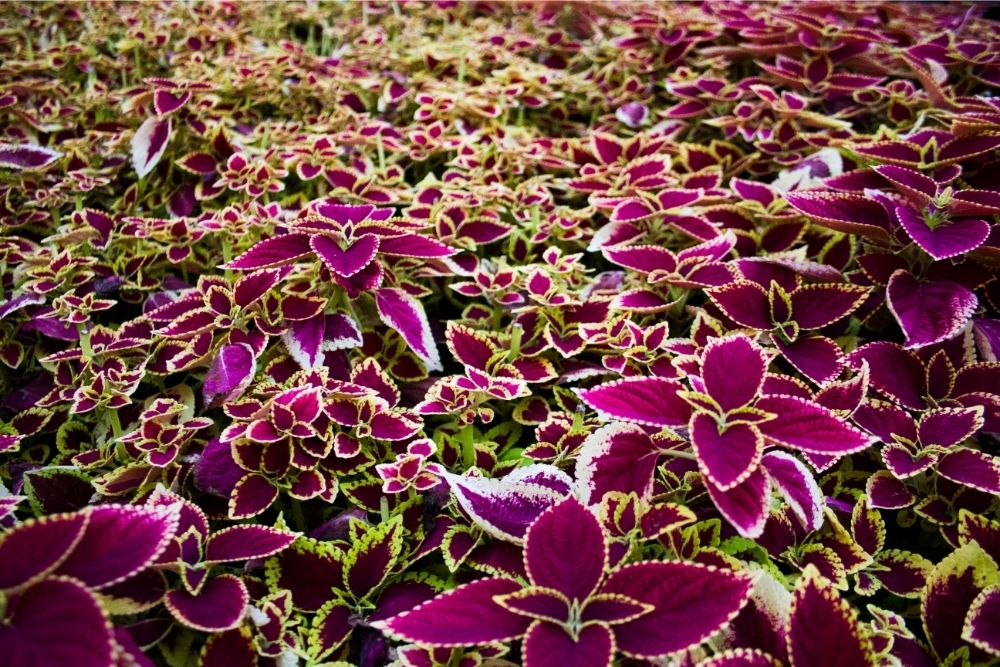
Not only are flowers used to convey positive messages and symbolize a range of feelings such as wisdom, prosperity, and luck, they’re also recurrent in Chinese food, drink, and decoration.
With this in mind, our guide will take a closer look at 18 of the most popular and prevalent flowers in Chinese culture. We’ll also look to answer a couple of the frequently asked questions related to Chinese flowers and their cultural significance.
Chrysanthemum

The first flower we’ll take a closer look at is the chrysanthemum which is native to China and typically blooms in late Autumn. The Chinese word for chrysanthemum symbolizes duration and longevity, while the boiled roots of the flower are believed to be an effective remedy for headaches.
Lotus

A lotus is one of the most important flowers in China, and has a deep spiritual connection with Buddhism, symbolizing purity, innocence, and wisdom.
The lotus usually grows in murky water, but it’s still considered one of the most beautiful flowers in the world. Furthermore, the lotus can also be used as a medicine in Chinese culture to treat coughs and stomach problems.
RELATED: A Whole Lot Of Loveliness: 10 Different Types Of Lotuses
Chinese Rose

This next flower is native to Southwest China and has the unique ability to bloom all-year-round. The beauty of the Chinese Rose has led to the flower being known as the “Queen of Flowers”, making it the perfect gift for a romantic partner.
It also represents good luck, so is often given as a gift for both birthdays and celebrations.
Peony
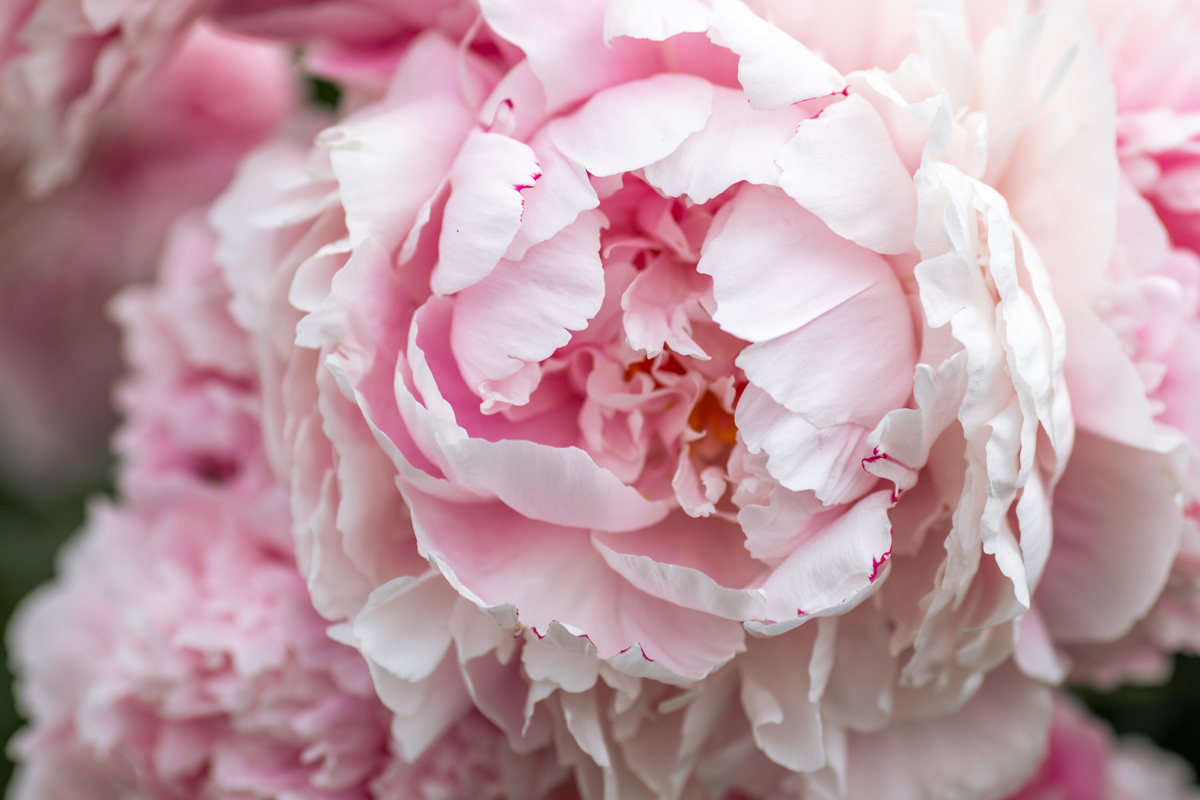
Peonies, or as they’re also known, the “King of Flowers”, tend to bloom in Spring, and are widely considered the unofficial national flower of China due to the fact that most people love them.
The peony flower symbolizes fame, prosperity, and happiness, and was often the flower of choice at weddings in ancient China.
Camellia
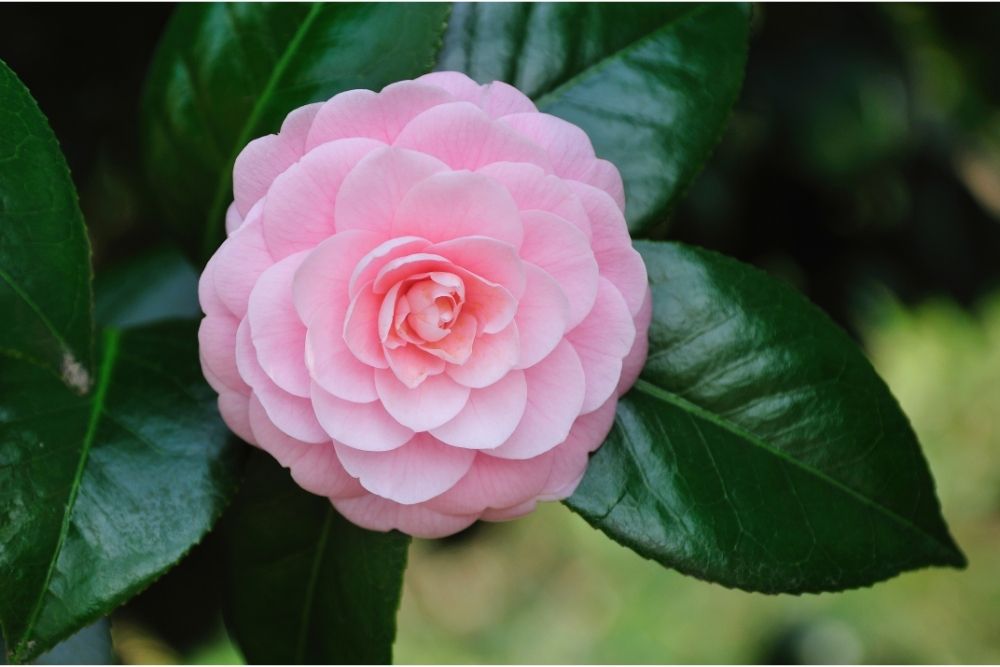
The Camellia is considered the national flower of Southern China, and can propagate extremely easily. This large plant is one of the most significant in the country because many Chinese people often make teas and essential oils with them.
In Chinese culture, the Camellia symbolizes young sons and daughters, while it also infers faithfulness, passion, and perfection.
Hibiscus

Also commonly known as the Chinese Hibiscus, the Hibiscus is one of the most famous flowers in China. They’re widely known for being medicinal plants that can clear infections, relieve coughs, and promote a healthy appetite. The Hibiscus also symbolizes fame, glory, and splendor.
RELATED: 7 Common Pests That Feed On Hibiscus Leaves & How To Get Rid Of Them!
Orchid

The next flower on our list is the Orchid which is a perennial herb that’s been around since pretty much the beginning of time.
The vast majority of Orchids are indoor plants, but there are also some hardier ground-growing plants that can grow outdoors. Orchids are especially loved in China, and represent love, wealth, and beauty.
Magnolia

The Magnolia has been selectively bred for a number of centuries and is adored throughout China. In ancient times, the flower was incredibly precious and expensive, with only the Chinese emperors owning them.
Magnolia has a host of medicinal properties that help with depression, anxiety, constipation, indigestion, inflammation, and weight loss.
Osmanthus

Osmanthus is one of the easiest flowers to recognize and has been depicted in Chinese poetry books for a good couple of centuries.
It’s grown in China for thousands of years and symbolizes romance and love. Moreover, Osmanthus is extremely fragrant, so it’s often used in making flower-scented tea and as a flavorful addition in traditional Chinese food.
Sunflower
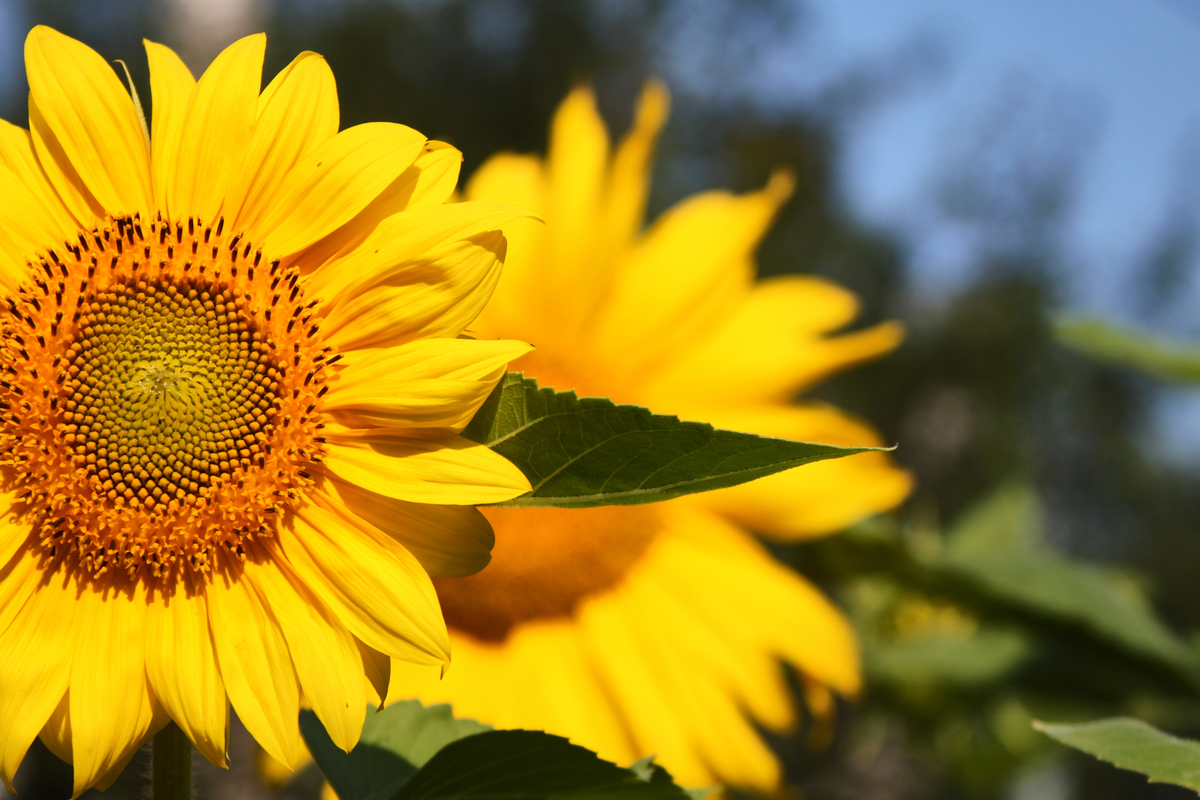
The Sunflower is seen as a sign of good luck and longevity in Chinese culture, so many Chinese people often give the flower as a gift to friends and family when starting a new job or venture.
Sunflowers were also believed to radiate powers of immortality in ancient times which led to some Royalty eating the seeds with the hope of attaining ultimate longevity.
RELATED: A Place In The Sun: 15 Different Types Of Sunflower
Balsamine
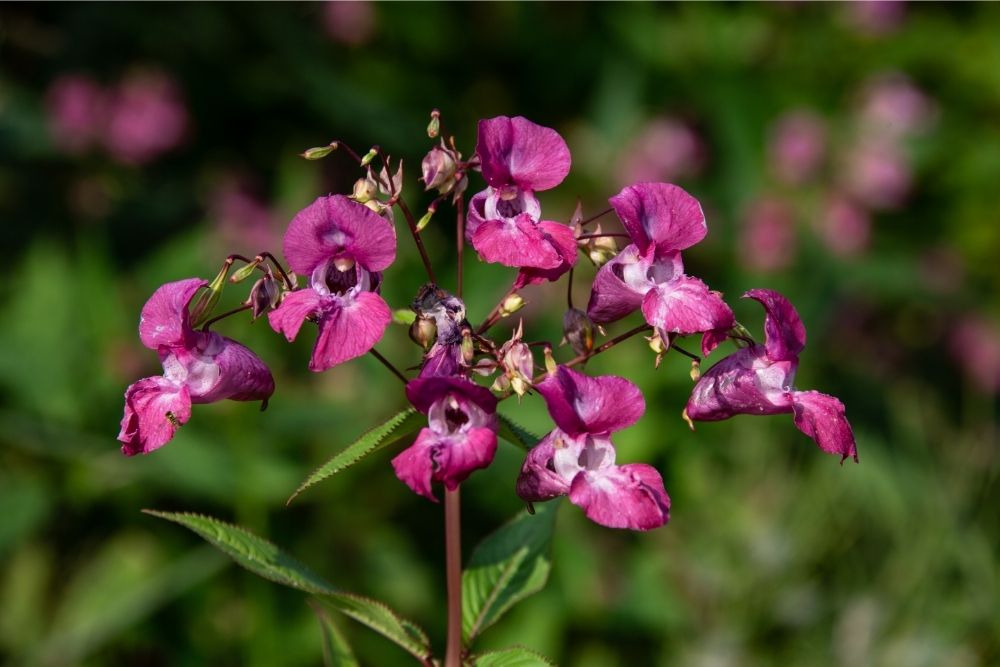
This next flower is known as the flower of July and can grow up to 30 inches in height. Balsamine is believed to be the incarnation of a phoenix – one of China’s most beautiful and powerful mythical animals.
Different parts of the flower contain medicinal properties which can be used for disease and skin medications.
Azalea
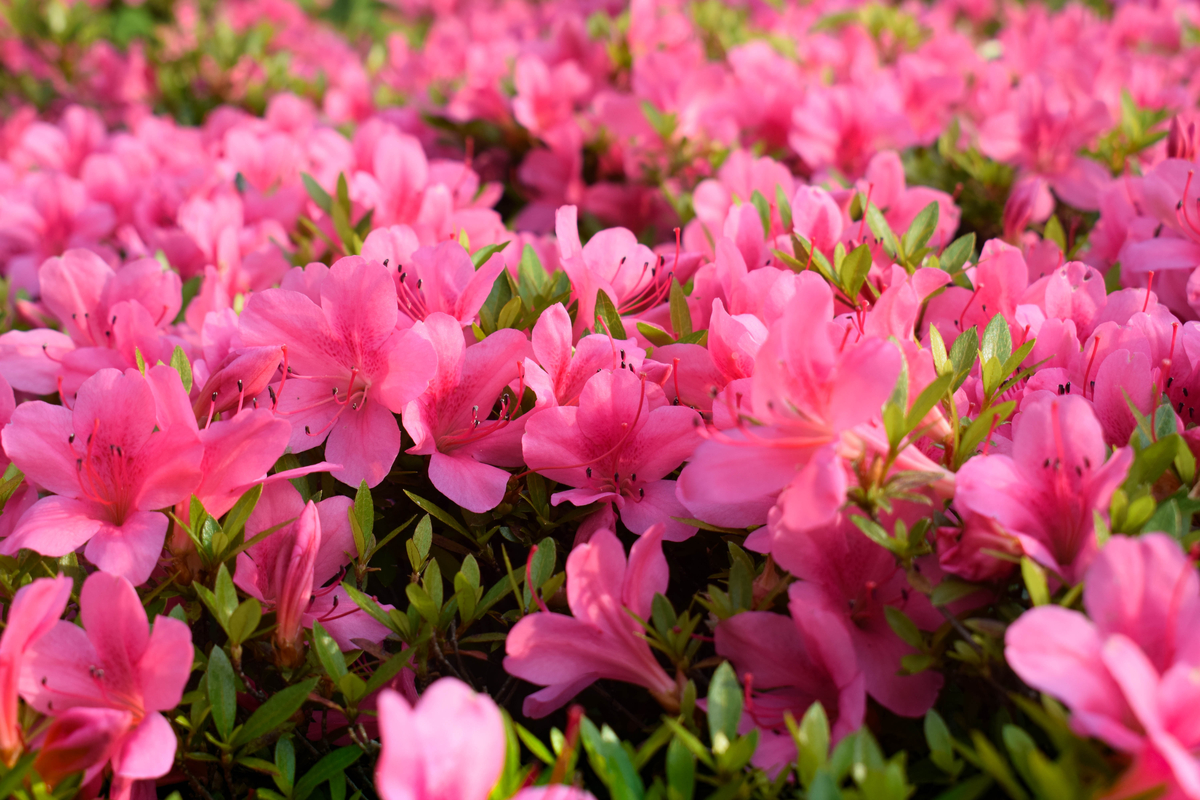
Originally from East Asia, Azalea are a popular ornamental flower of traditional Chinese gardens and typically bloom with pink, red, white, or cream petals.
The flower is regularly used in Chinese medicine to help cure kidney ailments and deafness, while it represents happiness and prosperity for Chinese people.
Plum Blossom
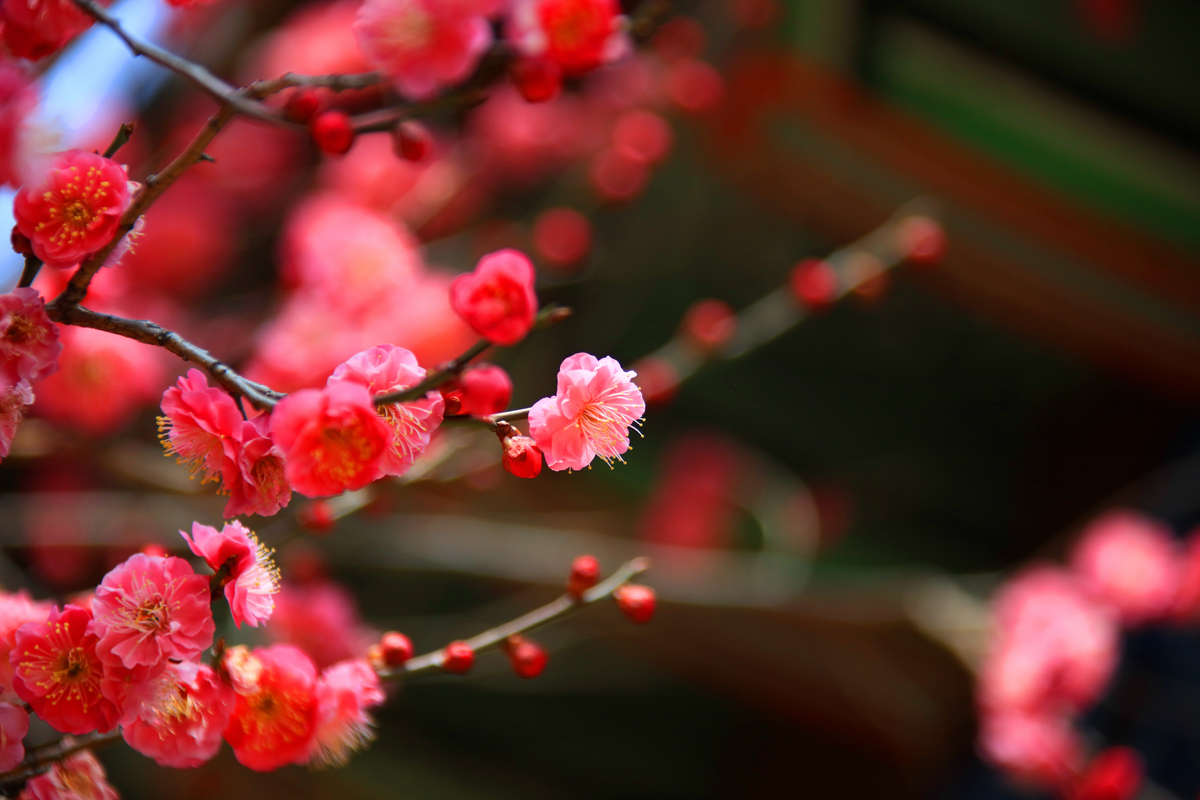
This native flower is one of the oldest found in China, and is unique in the fact that it starts flowering during the winter months when there’s still snow around. Plum Blossom represents noble and modest qualities, and along with orchid, bamboo, and chrysanthemum, is a part of the “Four Gentlemen”.
Narcissus
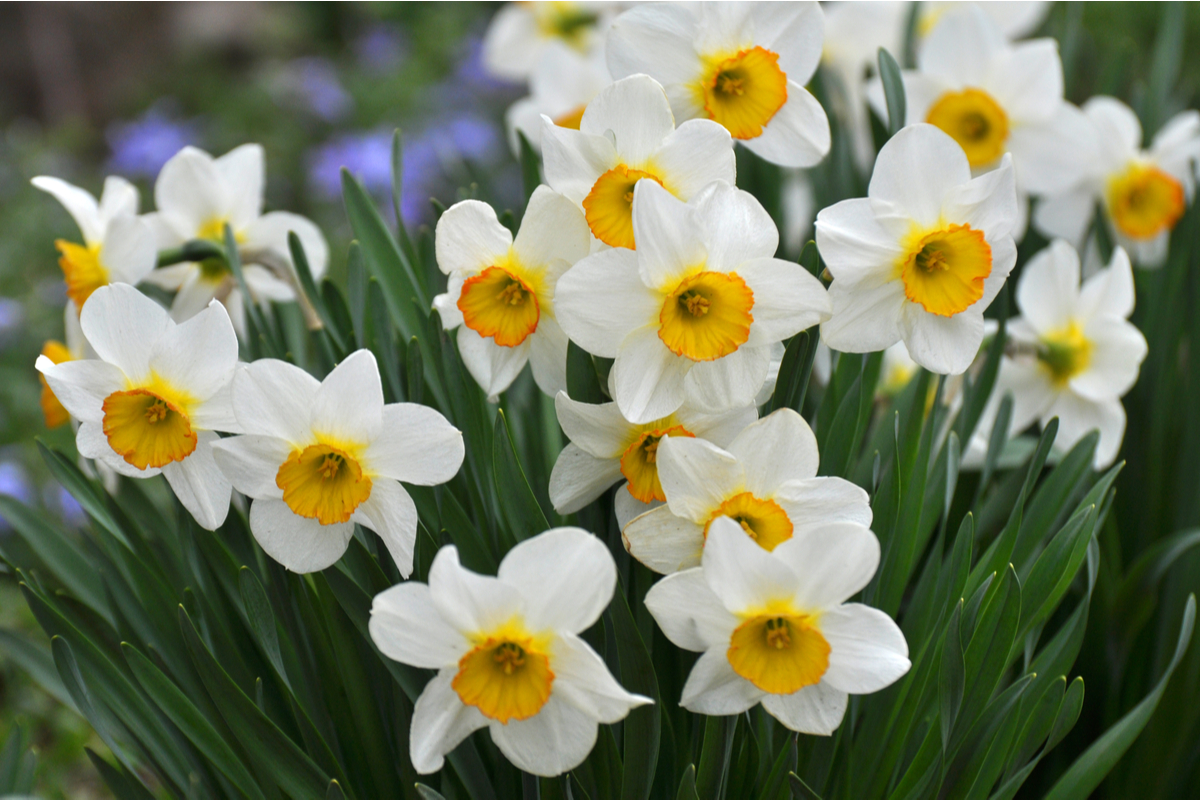
This beautiful green, white, and yellow-colored flower is commonly called the Daffodil, but has a variety of different names in Chinese culture. It’s often recognized as a sign of good fortune and is also the symbol of the Chinese New Year.
Lily
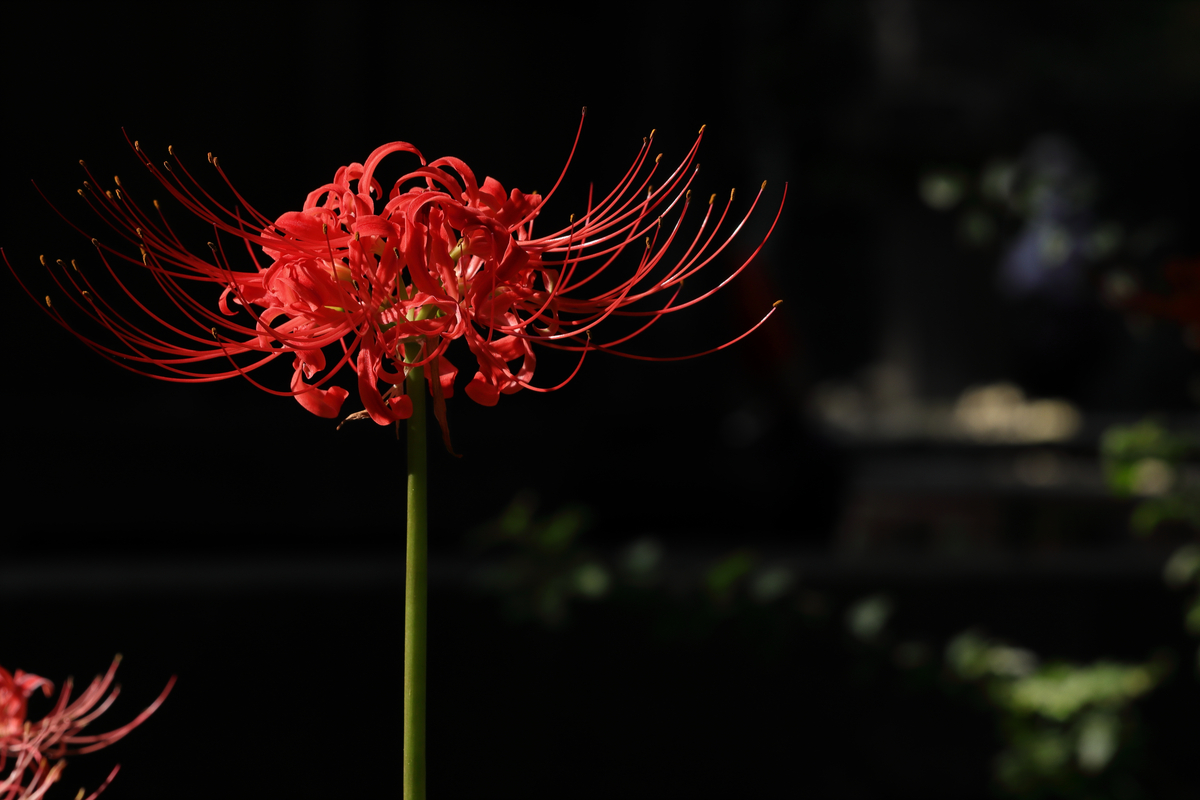
Lilies symbolize good fortune and happiness in Chinese culture, so are a popular choice of gift for weddings and birthdays. Since, by nature, lilies die, re-flower, and then die again, Chinese people believe they can be used to help people and solve many of the difficult problems and situations in life.
Ranunculus
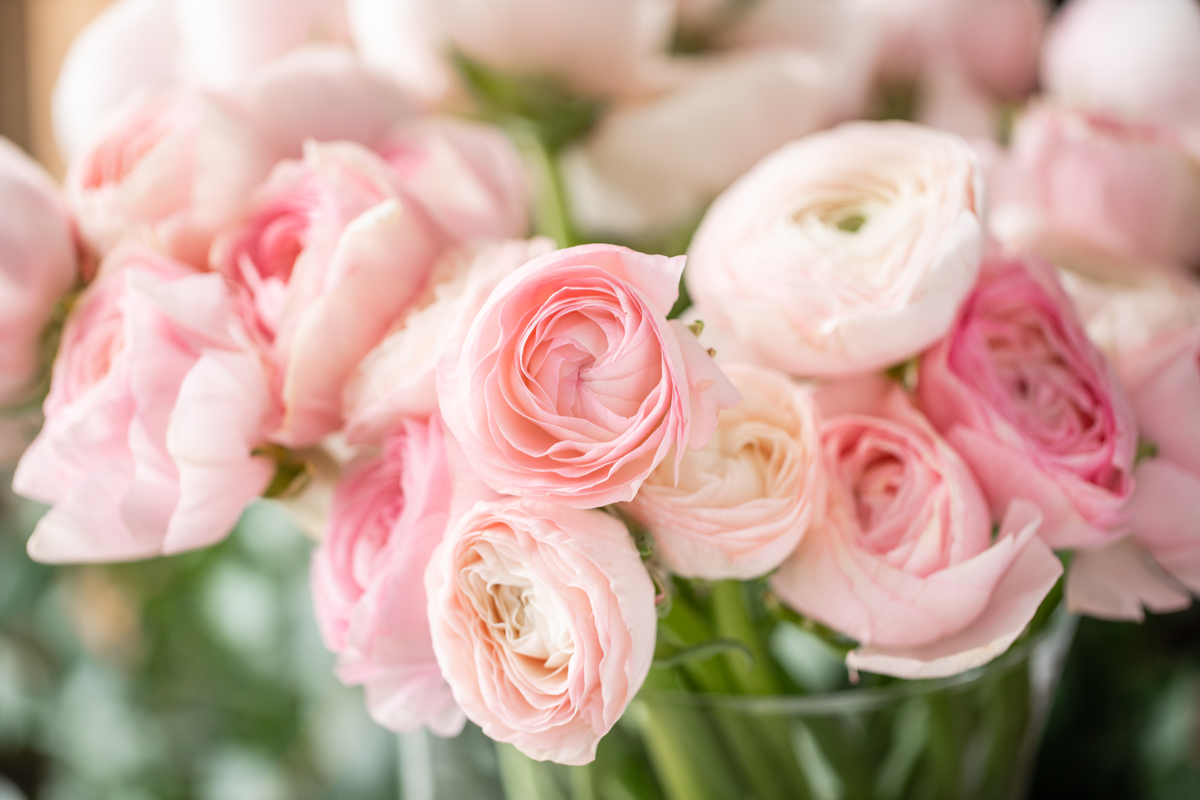
More commonly known as Buttercups, there are roughly 78 species of Ranunculus flowers found in China. They’re considered one of the most adaptable flowers in the country and have traditionally been used in folk medicine.
Wintersweet
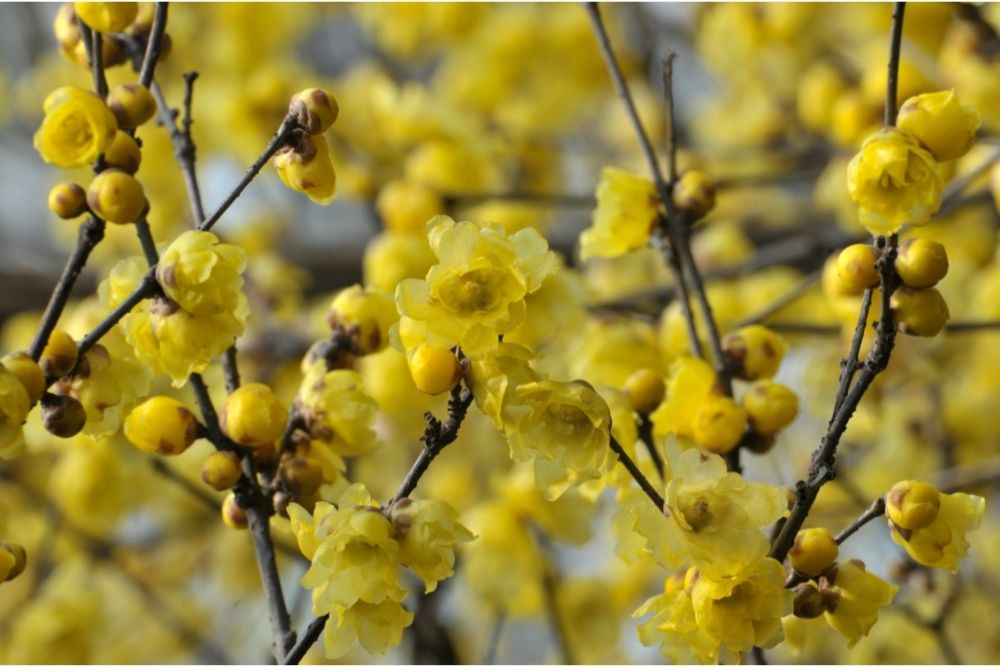
Wintersweet is known in China as the flower of December due to the fact that it only blossoms in harsh winters. The flower is easily recognizable by its bowl-shaped appearance and sweet fragrance. In terms of its meaning, Wintersweet represents fearlessness and strength.
Rhododendron

The Rhododendron is often referred to as the “Venus of Flowers”, and is one of the most famous flowers in China. It’s similar to Azaleas in a number of ways, although Rhododendrons have different colors, bloom times, and foliage.
Iris
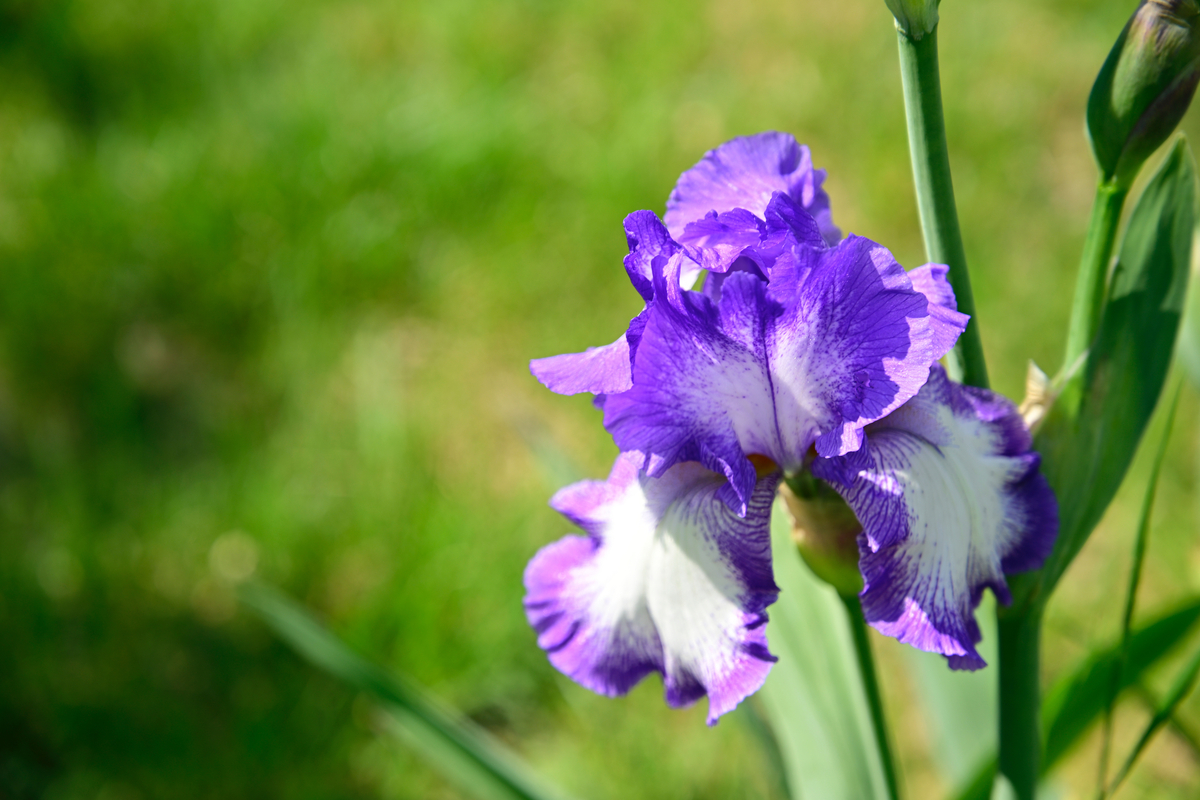
It’s believed that Iris is a messenger and spirit of summer according to Chinese culture. In other words, it indicates the arrival of summer when the petals of an Iris start to fly and flutter. This explains why it’s famously known as the “Purple Butterfly” in China.
Aster

The final flower on our list is the Aster which is a daisy-like flower that’s grown in China for over 2,000 years.
It’s famously known for its star-shaped flower head, but provides a range of useful benefits, including its use in traditional Chinese medicine to help cure indigestion, coughs, and lung deficiencies.
The Bottom Line
To conclude, it’s fair to say that flowers play a significant role in Chinese culture. From philosophical elements to social and religious connotations, each flower provides a set of special and unique characteristics that make them hugely useful in several walks of life.
So, next time you come across any of the flowers in the list above, make sure you take the time to appreciate the full splendor of the flower and the important message it provides.
Frequently Asked Questions
Do Some Flowers Have Negative Connotations In Chinese Culture?
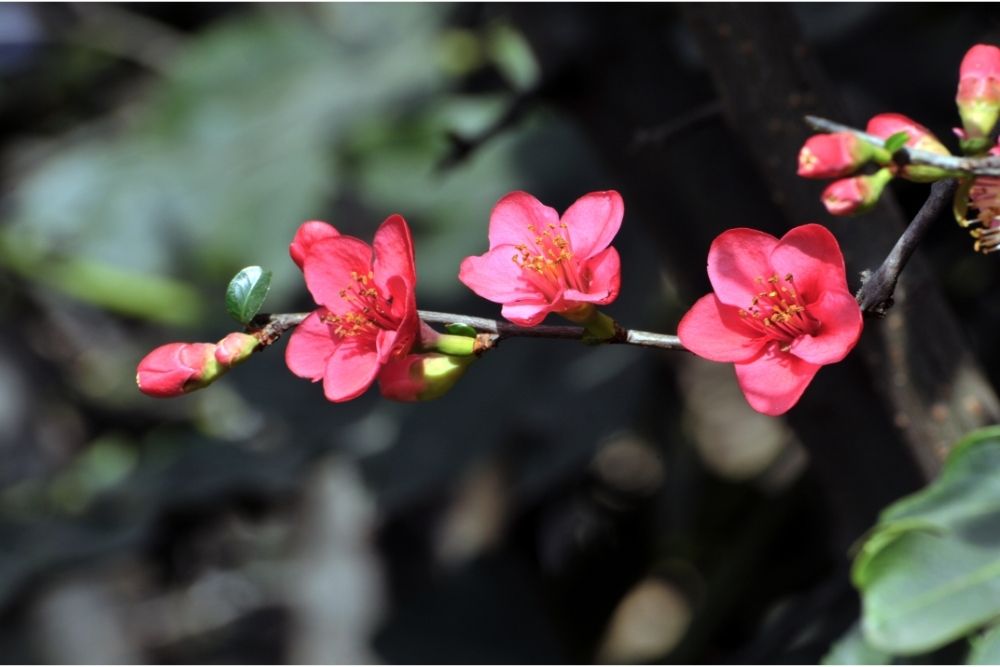
Yes, there are several flowers that Chinese people tend to avoid because of the negative meanings associated with them. For example, Duckweeds are typically avoided because they don’t have any roots, with Chinese people feeling this goes against their own principle of family and unity.
Another flower which is relatively unpopular in China are Blooming Trees. This is because their petals can easily spread out and scatter, which is considered by many as a sign of unfaithfulness.
Do Certain Colored Flowers Have Different Meanings In Chinese Culture?
Yes, in China all colors have different meanings. For example, pink flowers represent celebration and life, whereas purple flowers typically symbolize optimism, elegance, and unity. Listed below are a few more examples to keep in mind.
- White flowers – peace, innocence, purity
- Blue flowers – uniqueness, singularity
- Red flowers – life, longevity, compassion
- Yellow flowers – wisdom, wealth, prosperity
We hope you learned something from this article, here are other articles that you can learn from:
28 Culturally Important Chinese Flowers For Your Own Gardens







